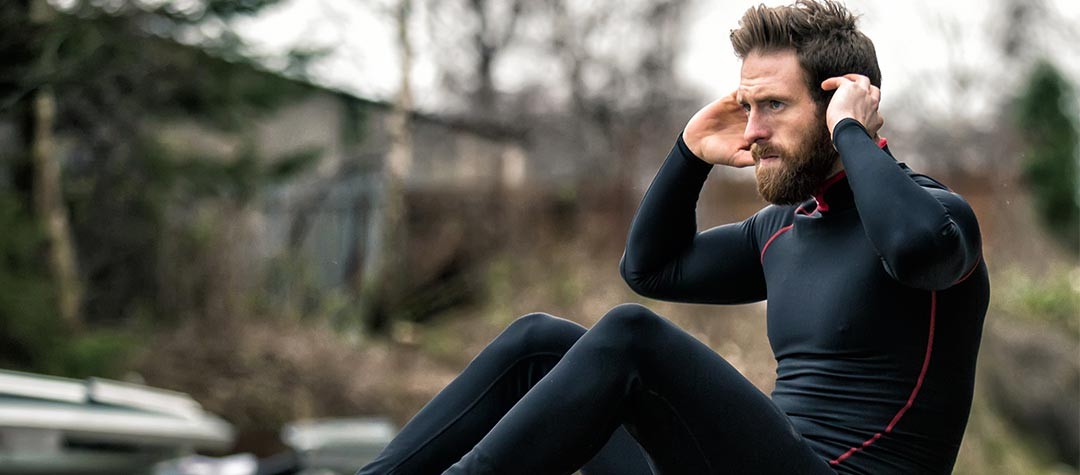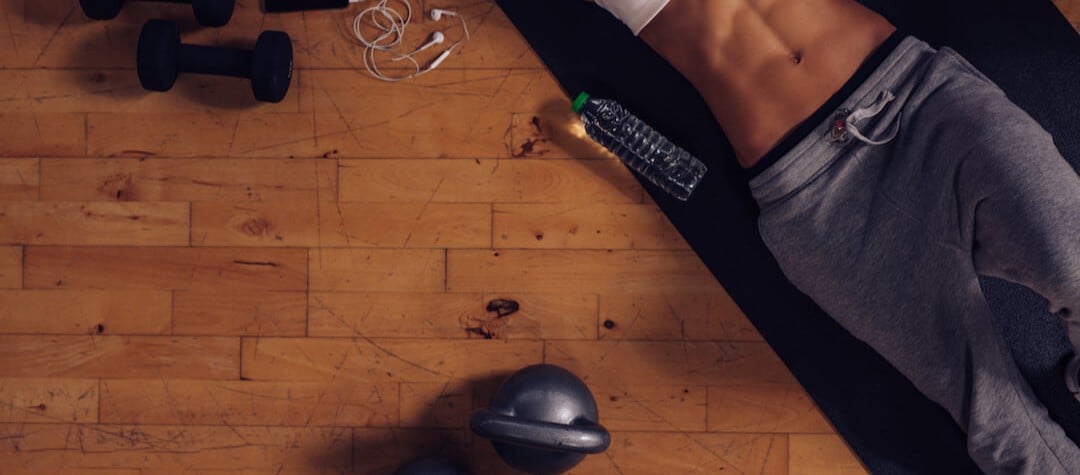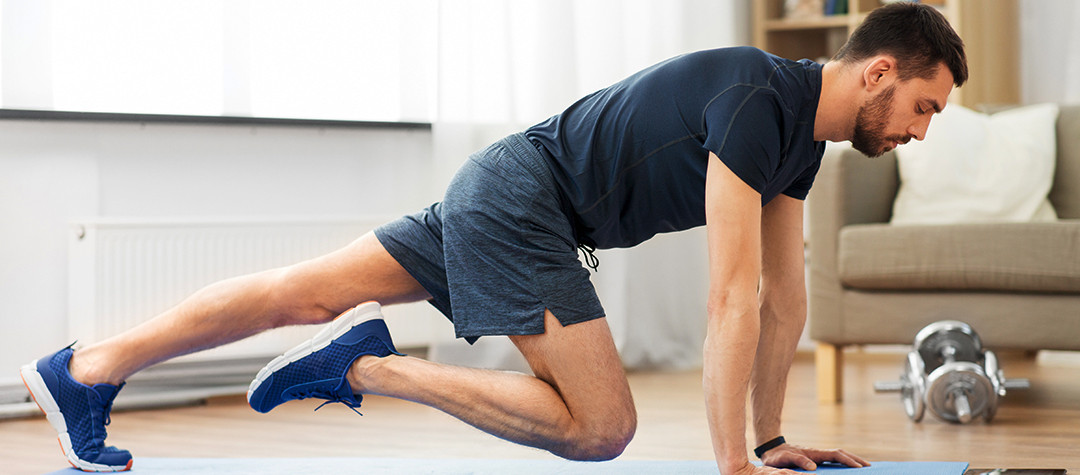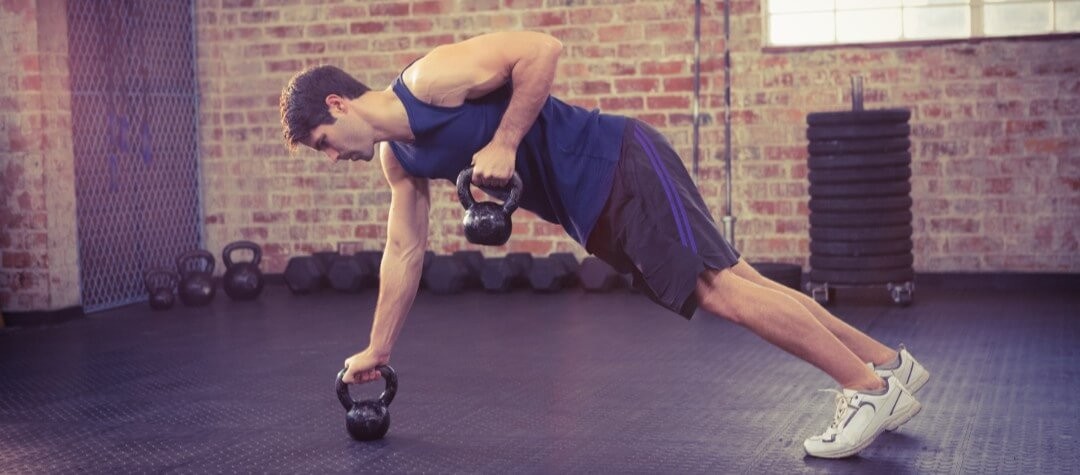There are exercises in your workout routine that are inefficient, needlessly complicated, and potentially dangerous. Make sure you don’t fall victim to them by ditching these seven terrible exercises.
1. Behind the head lat pull-down
Avoid: Walk into any gym around the world and you’re guaranteed to see someone doing lat pull-downs behind their head. This is a common mistake that should be avoided. Not only does it provide a far more limited workout than the correct method, it also damages your spine on each rep, and your shoulders if your range of mobility isn’t big enough to handle the pull-down motion.
Try instead: Correct lat pull-down form is literally the opposite of the injury-inducing behind the head method. Sit facing the bar with your feet flat on the floor and lean back slightly to relieve the pressure on your lower back. Now you can pull down towards your chest at a slight angle and release.
2. Rebound box jumps
Avoid: Box jumps are a great exercise for developing explosive power, co-ordination, and reaction time, and plenty of personal trainers involve them in circuit sessions. However, this exercise exerts a huge amount of sudden impact on the ‘jump down’ stage, and is notorious for severely damaging the Achilles tendon. The risk of injury is so high that this exercise simply isn’t worth it.
Try instead: Ditch the Achilles-damaging rebound box jump and swap it for the step down box jump. The majority of the benefits are gained from the explosive jump, so after that you can simply step down and repeat, minimising the impact on your Achilles.
3. Kipping pull-ups
Avoid: Kipping pull-ups are a variation on the standard pull-up that involve a swinging motion of the body coupled with a sudden burst of power from the shoulders to reach above the bar. This move is in fact a high injury risk exercise, as it violently pulls your shoulders on every rep. It’s also not as effective as a standard pull-up – according to the head strength coach at Boston University, the Kipping pull-up is an inefficient way of cheating at regular pull-ups.
Try instead: The standard pull-up is a staple of training programs the world over for good reason. They may be tough, but they also work out an amazing number of muscles including your lats, rhomboids, biceps and triceps.
4. Straight leg deadlift
Avoid: The straight leg deadlift is a great exercise if done correctly – it builds all of the major muscle groups, and is easily variable depending on your ability level. Sadly, this is one exercise where you’ll be putting yourself at risk of injury if you get the form even slightly wrong. People are commonly tempted to bend their back slightly whilst performing the lift, which means the lower back ends up doing all of the lifting.
Try instead: If you are determined to work the straight leg deadlift into your routine, make sure your form is flawless. Keep your spine as straight as possible while lifting, and make sure your lower back isn’t doing any of the work.
5. Crunches
Avoid: If you’ve tried doing endless crunches and still don’t have that flat stomach you’ve dreamed of, it’s because you’re doing the wrong exercise. Crunches exert strain on your back on every rep, and are hugely inefficient at working out your abs. According to research conducted at the University of Waterloo in Canada, crunches are one of the worst core-focussed exercises, and can actually be detrimental to your body in the long run.
Try instead: Say goodbye to crunches and hello to the plank. This is a core building exercise that works, and anyone can do it. Lie on the floor face down and lean on your forearms, then extend your legs so that you are lifted on your toes. If done correctly your head, neck, back and legs will form a straight line and you’ll get a great core workout.
6. Partial squats
Avoid: Squats often get a bad rep, and that’s why the partial squat was created. However, the partial squat is in fact much worse. Partial squats don’t activate the complete range of muscles that full squats do, missing out the hamstrings, glutes and adductors. The fact that they work the quadriceps and not the hamstrings can lead to an imbalance in the muscles, which heightens the risk of a hamstring or anterior cruciate ligament tear.
Try instead: When done correctly, full squats are a much better alternative to partial ones. When squatting make sure you keep your head straight and your spine properly aligned. To do this keep your shoulders back and your chest out throughout the full motion of the squat. Inhale on the way down, and then exhale on the way up.
7. Ballistic stretches
Avoid: Ballistic stretching is sometimes seen as an extension of dynamic stretching, but whereas dynamic stretching is the perfect start to a workout, ballistic stretching is an injury waiting to happen. Some people believe the extra bouncing motion in a ballistic stretch helps to stretch muscles even further, which is completely wrong. All this does is place a sudden strain on your muscles, which can lead to muscle tears.
Try Instead: Dynamic stretches are the optimum warm up method when combined with some light cardiovascular activity. Leg lifts, walking lunges and butt kicks are all great dynamic stretches, and won’t be an injury risk like ballistic stretches are.














